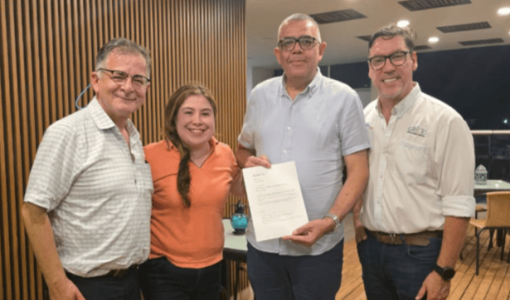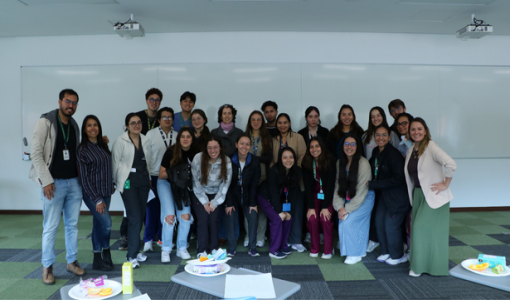Los invitamos a consultar este artículo titulado "Level of traffic stress-based classification: a clustering approach for Bogotá, Colombia" publicado en un Special Issue de Transport and Health en América Latina.
Este paper hace parte del estudio SALURBAL y es una colaboración con la Facultad de Ingeniería de la Universidad de los Andes.
Esta publicación cuenta con la participación de la Dra. Olga Lucía Sarmiento, profesora titular de nuestra Facultad y Directora del Grupo de Investigación en Epidemiología, y la Dra. Diana Higuera, egresada de nuestra Facultad y Coordinadora de Proyectos del mismo grupo de investigación.
Abstract
The Level of Traffic Stress (LTS) is an indicator that quantifies the stress experienced by a cyclist on the segments of a road network. We propose an LTS-based classification with two components: a clustering component and an interpretative component. Our methodology is comprised of four steps: (i) compilation of a set of variables for road segments, (ii) generation of clusters of segments within a subset of the road network, (iii) classification of all segments of the road network into these clusters using a predictive model, and (iv) assignment of an LTS category to each cluster. At the core of the methodology, we couple a classifier (unsupervised clustering algorithm) with a predictive model (multinomial logistic regression) to make our approach scalable to massive data sets. Our methodology is a useful tool for policy-making, as it identifies suitable areas for interventions; and can estimate their impact on the LTS classification, according to probable changes to the input variables (e.g., traffic density). We applied our methodology on the road network of Bogotá, Colombia, a city with a history of implementing innovative policies to promote biking. To classify road segments, we combined government data with open-access repositories using geographic information systems (GIS). Comparing our LTS classification with city reports, we found that the number of bicyclists’ fatal and non-fatal collisions per kilometer is positively correlated with higher LTS. Finally, to support policy making, we developed a webenabled dashboard to visualize and analyze the LTS classification and its underlying variables.
Autores:
Olga L. Sarmiento y Diana Higuera-Mendieta
Facultad de Medicina, Universidad de los Andes
Jorge A. Huertas, Alejandro Palacio, Marcelo Botero, Germán A. Carvajal, Sergio A. Cabrales y Andrés L. Medaglia
Centro para la Optimización y Probabilidad Aplicada (COPA), Departamento de Ingeniería Industrial, Universidad de los Andes
Thomas van Laake
Fundación Despacio
Luis A. Guzmán
Grupo de Estudios en Sostenibilidad Urbana y Regional (SUR), Departamento de Ingeniería Civil y Ambiental, Universidad de los Andes













